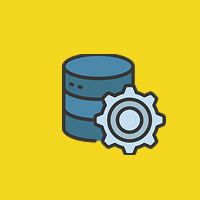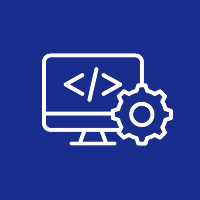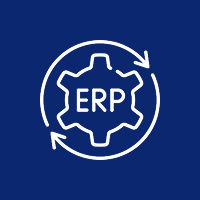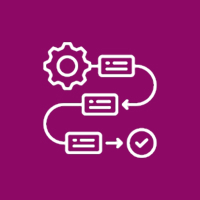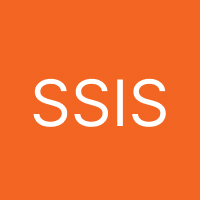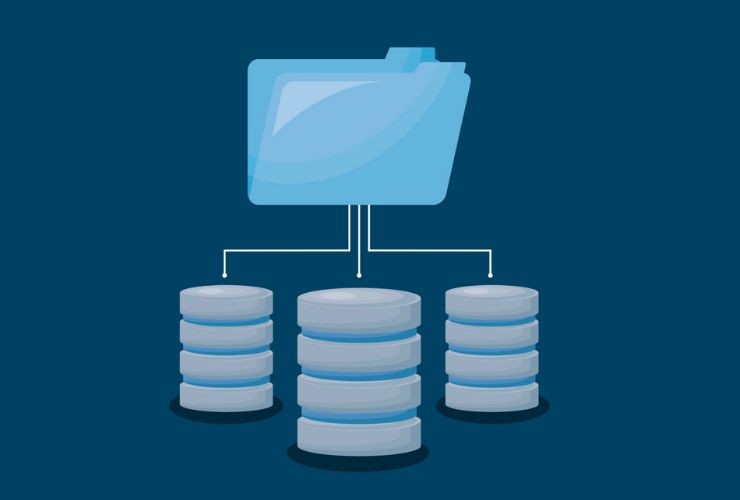Laravel has an improved out-of-the-box validation system that takes care of all sorts of common situations, like checking required fields, email addresses, and unique records. But should you ever have to deal with more complex or niche validation requirements, you might find the standard validation rules slightly short. That’s where custom validation rules come in.
Subclassing the Validator class enables you to create your own custom rules and gain more control and flexibility in the validation process for your Laravel projects. Custom rules also come in handy if your application is supposed to validate business-specific rules that are outside the scope of the built-in Laravel rules.
Throughout this tutorial, we will guide you through step-by-step custom validation rule creation and usage within Laravel. You will be able to extend the Validator class in order to develop reusable, intricate rules for validation and increase the usability and versatility of your application.
Why Use Custom Validation Rules in Laravel?
Laravel includes a validator system built-in, which is extremely powerful and can address an extremely high percentage of validation scenarios. But as applications grow, they might have rules that are specific to domains, which are then extremely domain-specific in nature. That is where custom validation rules come into play. Why you might need to develop your own validation rules:
Custom Validation Logic: Your business validation rule may require something other than the default rules provided by Laravel. For example, you may require a form field to be validated with a custom algorithm or perform business domain-specific checks.
Reusability: After you’ve defined a custom rule, you can reuse it wherever you wish, in various shapes, controllers, or requests. This avoids repeated logic in many places, in accordance with the DRY (Don’t Repeat Yourself) principle.
Enhanced User Experience: With custom validation rules, you can deliver more context-based user-specific error messages. Rather than generic error messages, you can ensure that feedback users receive is user-specific, precise, and in your application’s voice and tone.
Improved Maintainability: Isolating complex validation logic in custom rules improves the maintainability and scalability of your codebase. It makes you a logic master at one location without polluting your codebase and enables you to modify validation rules easily whenever required.
Step-by-Step Guide to Developing Custom Validation Rules
It is a simple process to create a custom validation rule in Laravel. Because Laravel has a modular design, you can create custom rules and implement them with ease without any concern in your application. Let’s proceed with a discussion on how you can extend the Validator class and use custom validation rules effectively.
1. Registering Custom Validation Rules
To include custom validation rules in Laravel, you generally create a service provider so that you remain module and organized. Putting your validation logic in a service provider keeps your custom rules defined in one place and easily accessible. It also prevents the logic from getting mixed with other aspects of your application, like controllers or models.
Building on top of having built a service provider, you can now add your custom validation rules to the boot() method of the provider. This brings your rules into action for all your application.
2. Adding Custom Validation Rules to Form Requests or Controllers
Once you have created and signed a custom rule, you can apply it in other parts of your application, either form request validation or even within controllers. For example, when processing form data, you can add your custom rule directly to the validation array to validate the data based on your custom rules before storing or processing it.
Custom rules are highly adaptable and can be utilized as easily as native Laravel rules, making them a blessing in keeping code clean, readable, and efficient.
3. Error Message Customization
Laravel enables you to customize error messages for your own custom rules of validation. This is very useful when you wish to give your users feedback that is explicit, specific, and contextually consistent with the nature of the validation error. Laravel’s own validation error messages are generic in their default form, but it’s quite simple to override them so they’re explicit and user-friendly.
You can specify custom messages either within the form request class or in the controllers themselves during validation. This helps to provide meaningful error messages that direct the user toward correcting issues in the form input.
4. Advanced Validation Logic
While easy-to-use custom validation rules come in handy when checking simple criteria, you may want to more thoroughly define enhanced validation rules with parameter acceptance or greater logic complexities. For instance, you might validate whether a field meets certain criteria based on user roles or external services.
Laravel offers you the way to have complicated rules of validation, possibly parameterized or conditional depending on some factors by your choice with complete control over the validation process. From determining if a value exists in the database or implementing complicated business rules, Laravel’s validation process is up to the task.
Grouping Custom Validation Rules
As your application grows, so too does your collection of custom validation rules. It is necessary to have all your rules in their place and under your control for maintainability. Fortunately, Laravel has some techniques to help with this.
Implementing Rule Classes: Instead of embedding validation logic inside a service provider, you could provide custom rule classes. These classes encapsulate your validation logic, making them more maintainable and testable. Each rule class contains one validation rule and you can use it in multiple controllers and form requests.
Segregation of Validation Logic: Segregating the custom rules into their own special classes or files, you can better organize them. Your application is not only easier to browse but also reusability is encouraged. You can now create these classes with the help of Artisan commands, and in each class, you can add a passes() method for validation and a message() method for custom error messages.
Grouping Rules: If there are many rules that are executed as a group, you may put them in logical groups. For instance, if your application has rules for user sign-up (email format, unique username, password strength), then one custom validation rule class can contain these checks.
Conclusion
Defining custom validation rules in Laravel through the inheritance of the Validator class provides you with the capability to utilize highly precise validation rules based on the requirement of your application. It gives you complete control over validation and makes it easy to maintain and modify if you need to alter the validation rules in the future.
With rules, not only can you guarantee improved code quality and reuse, but also improved user experience through more relevant and understandable error messages. Laravel’s validation mechanism can handle everything from a simple check to advanced, multi-parameter rules.
During development of your Laravel application, you should certainly utilize custom validation rules in order to make your code cleaner as well as your validation rules mirror your business requirements exactly.
Contact Us Today













 Database Development
Database Development











